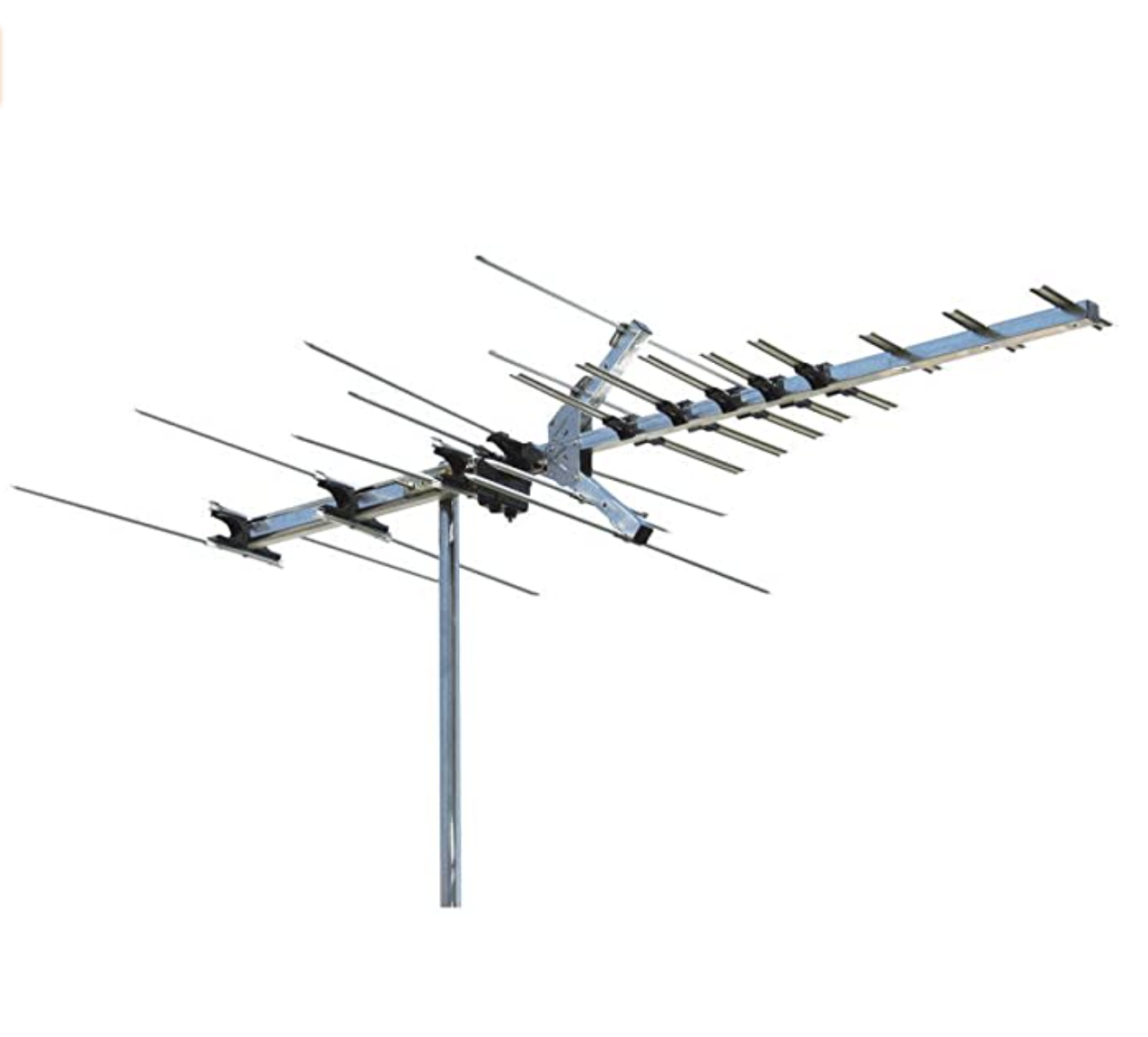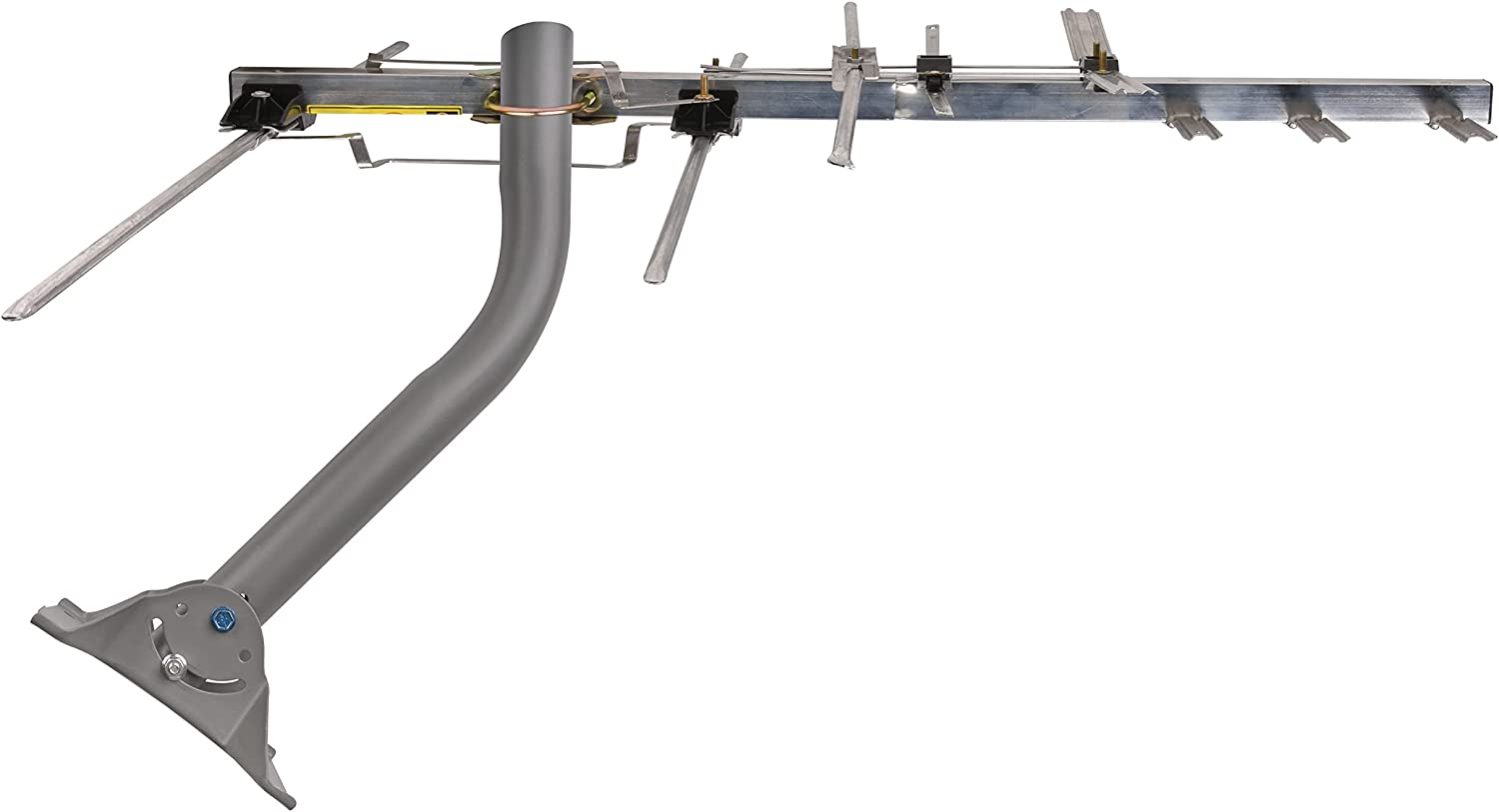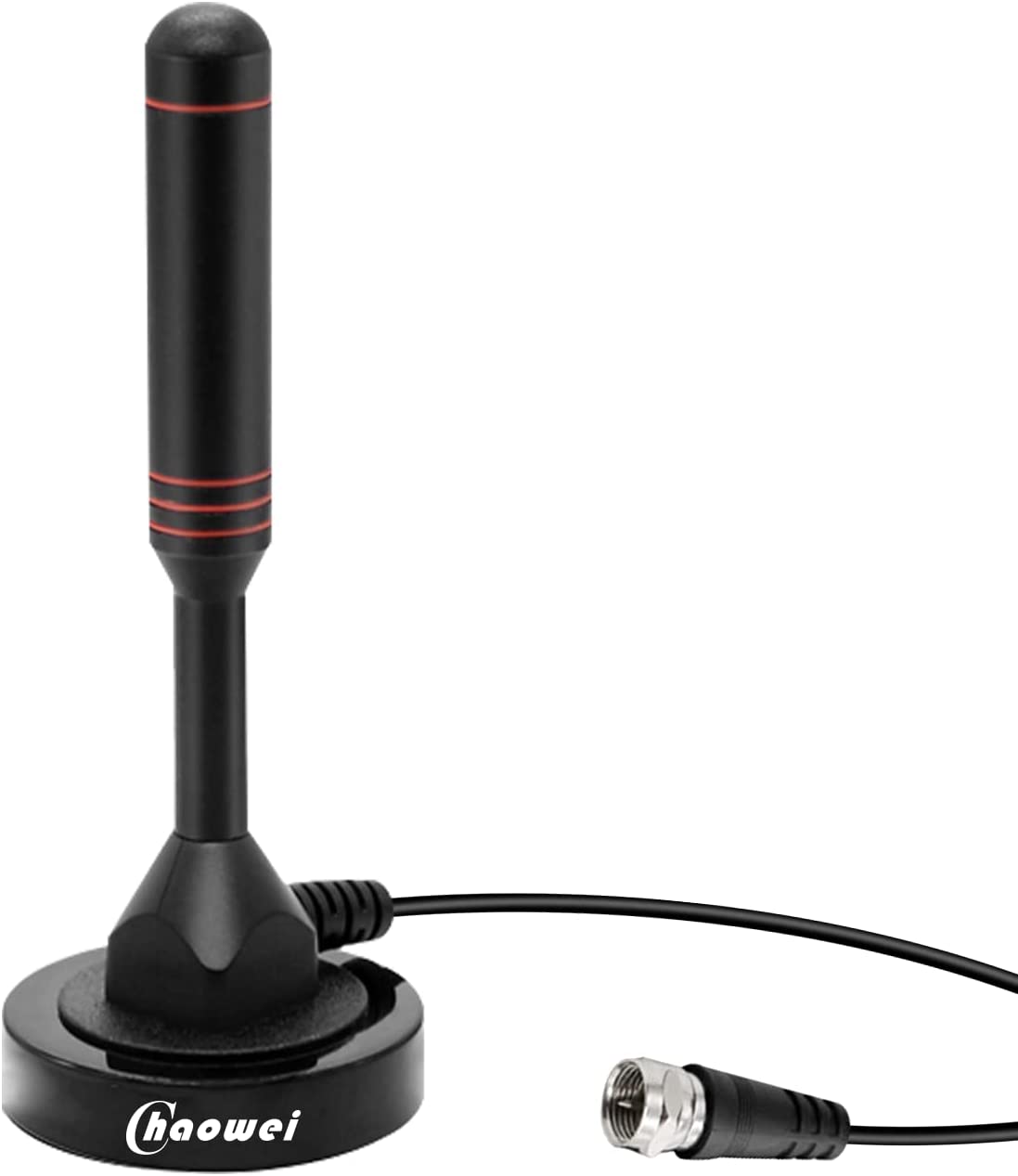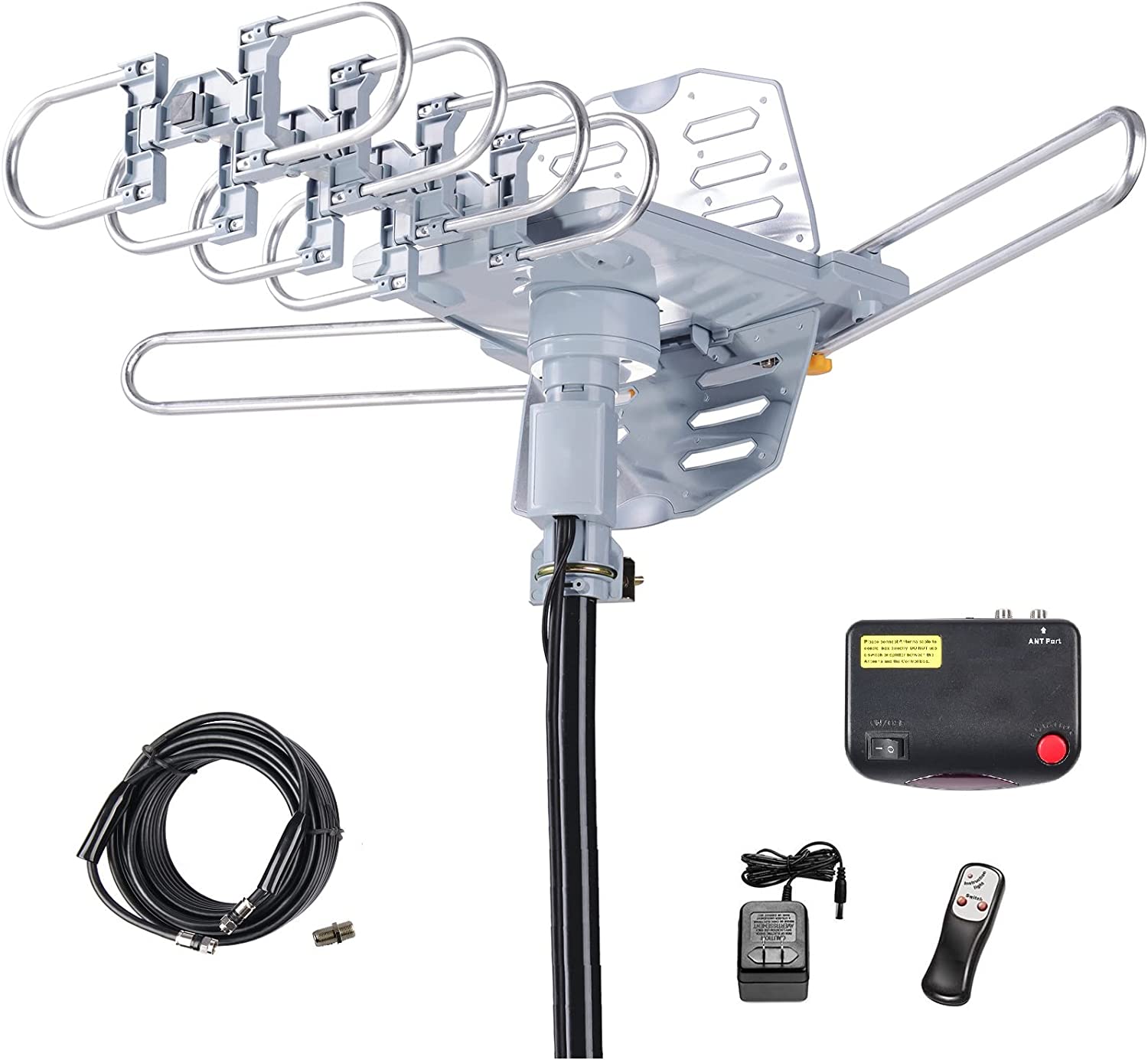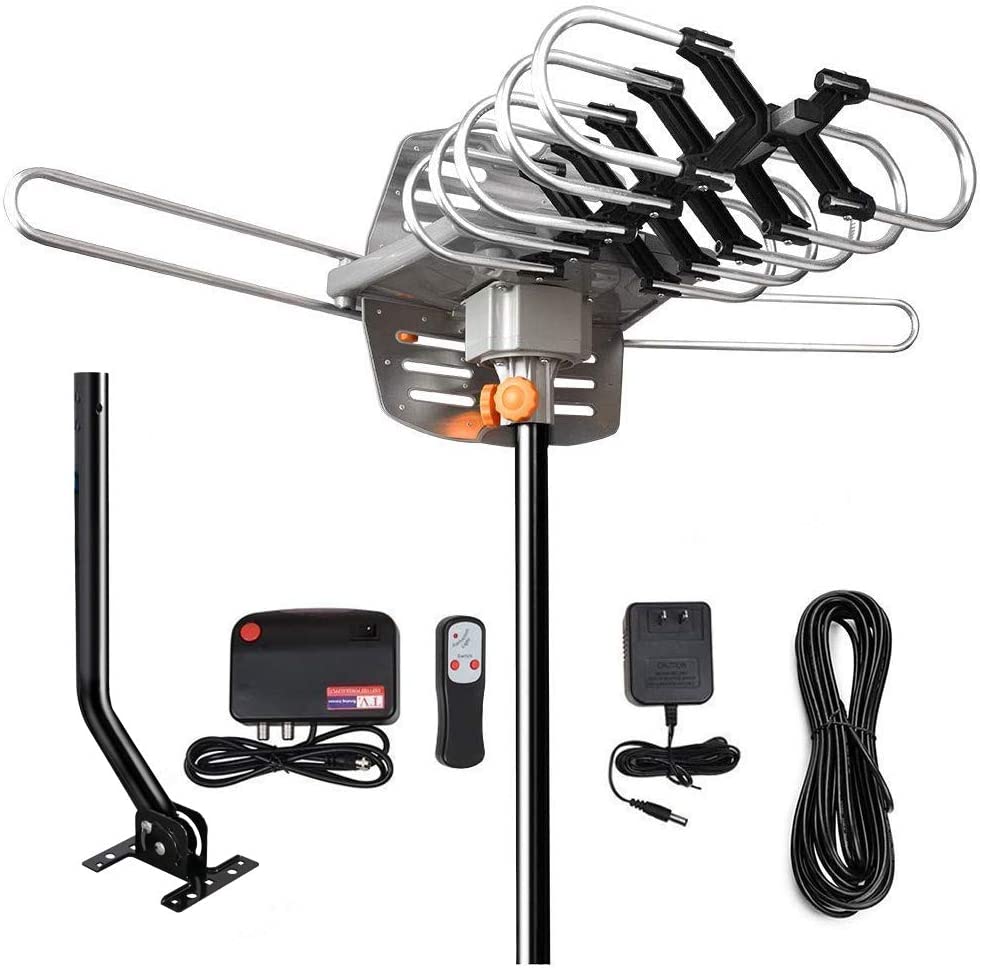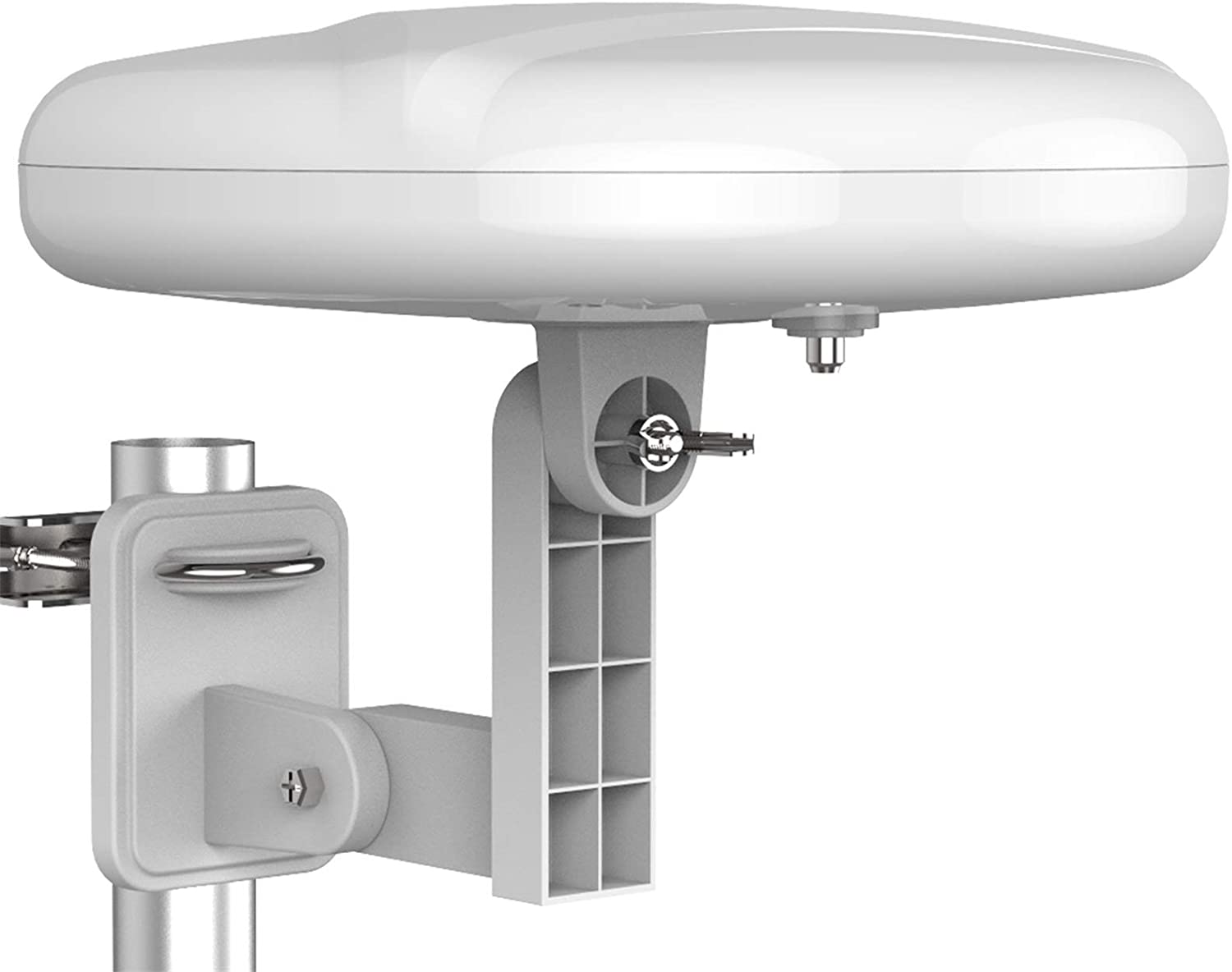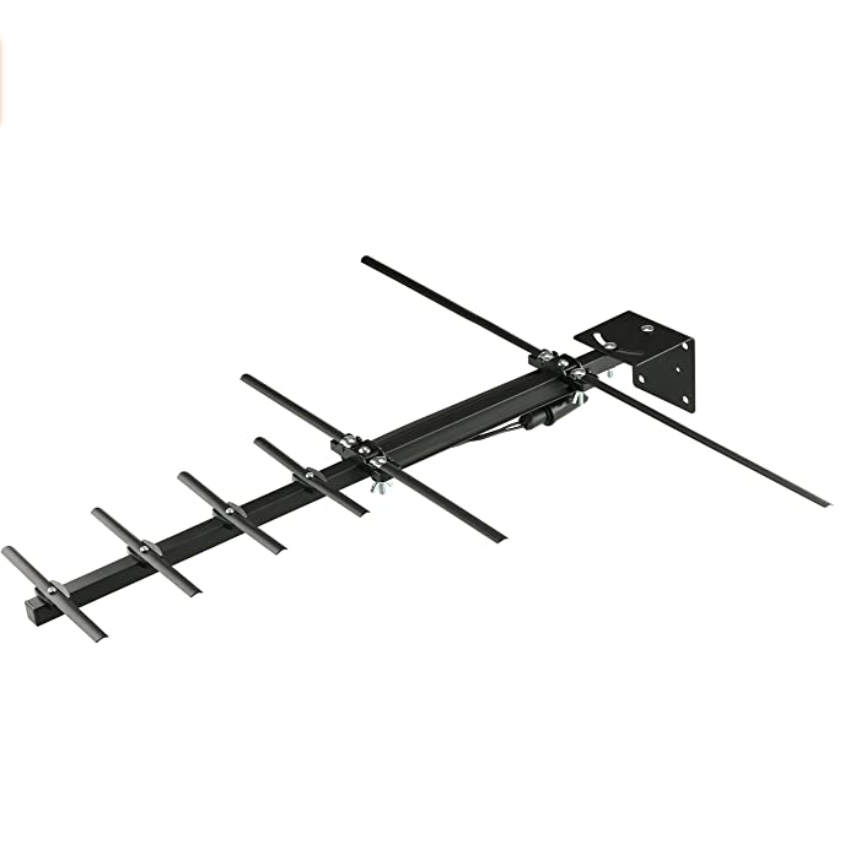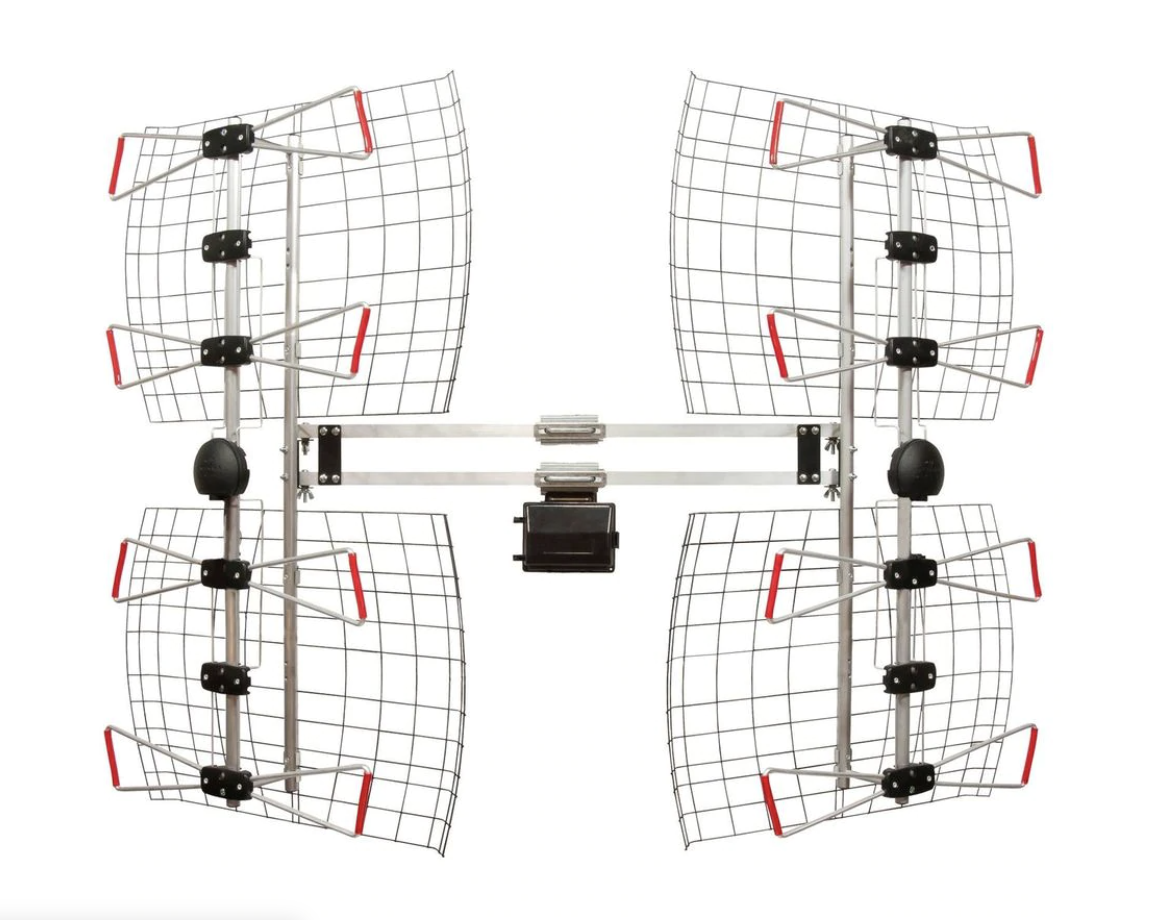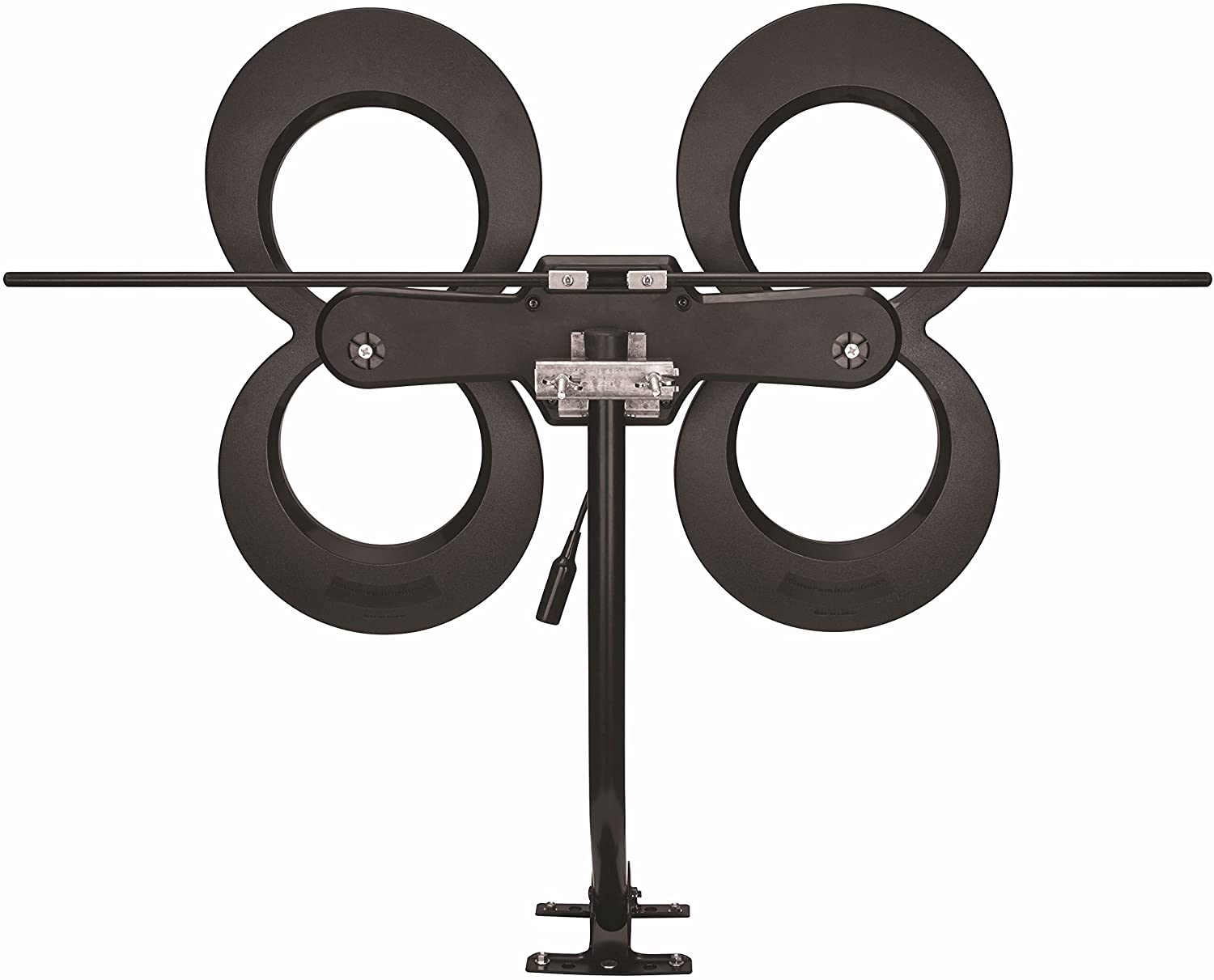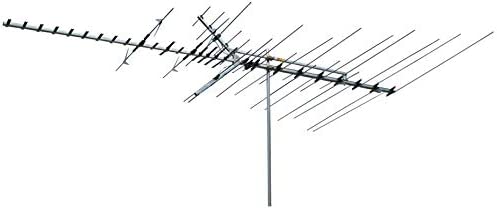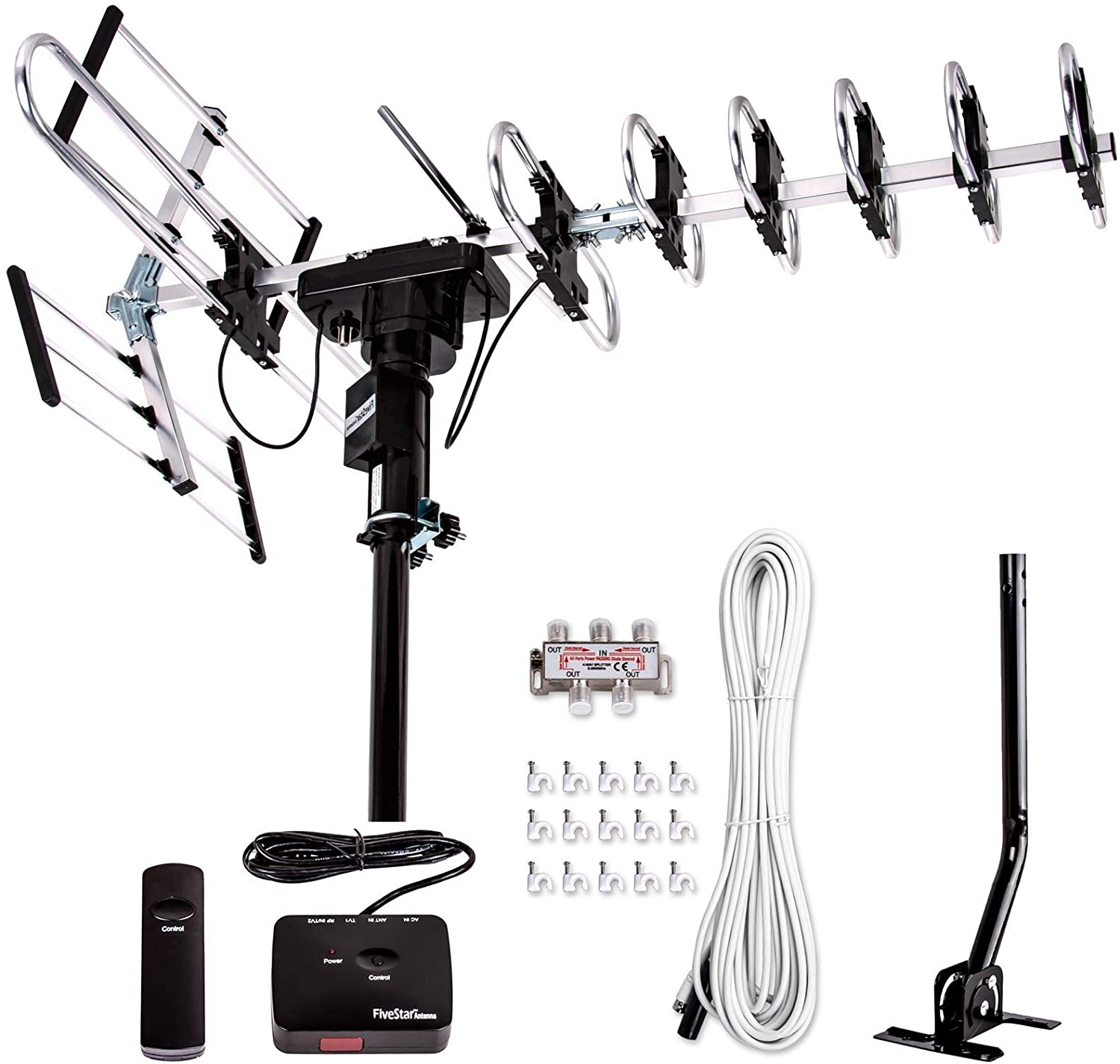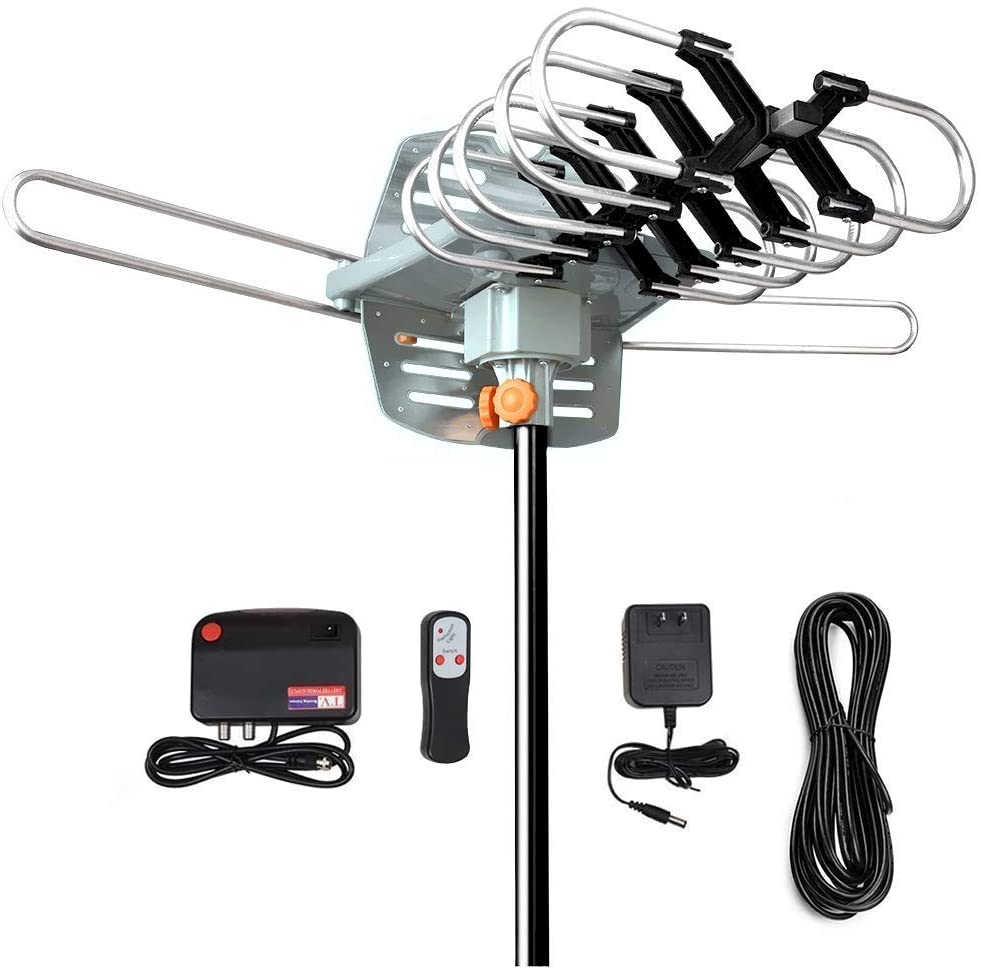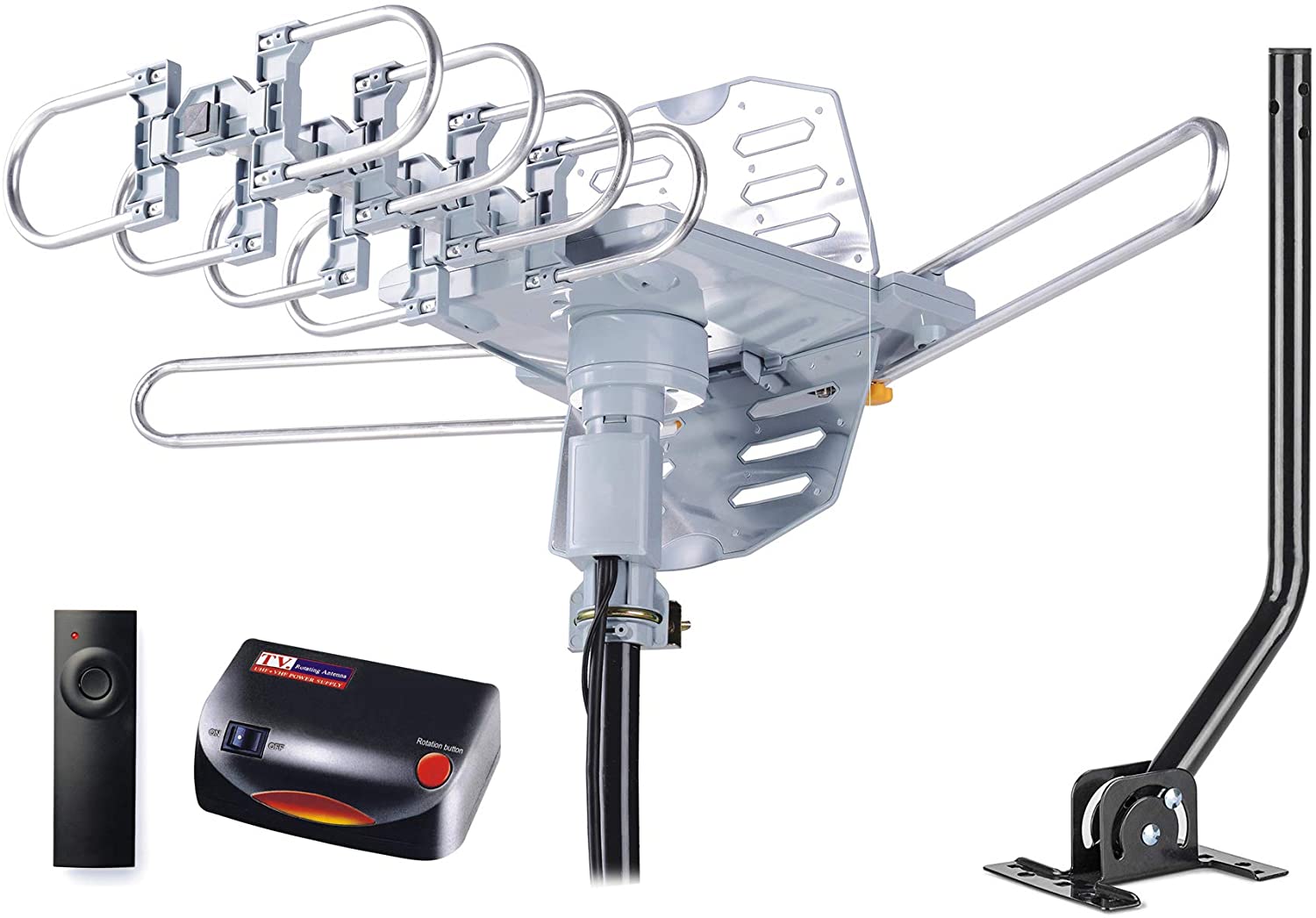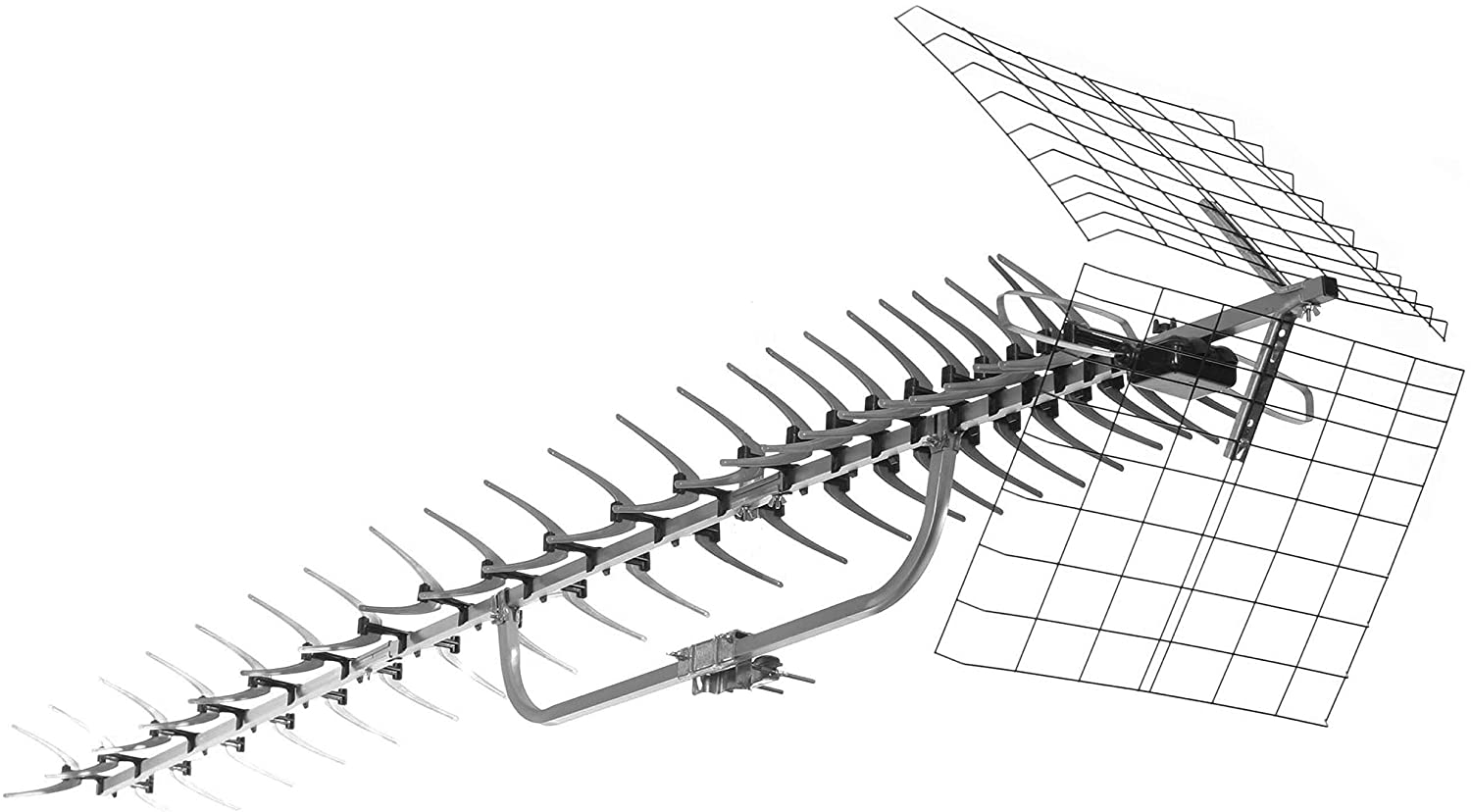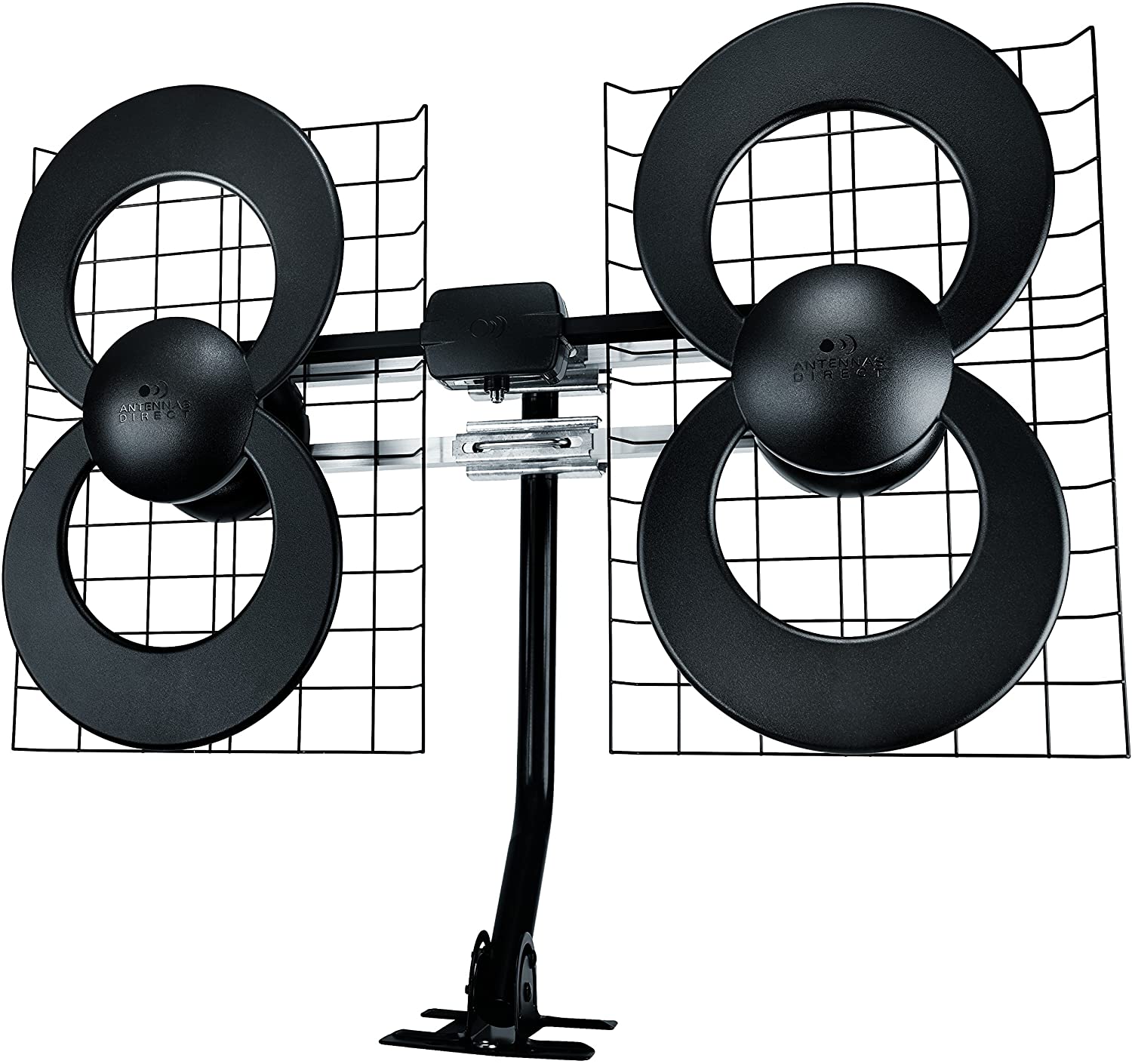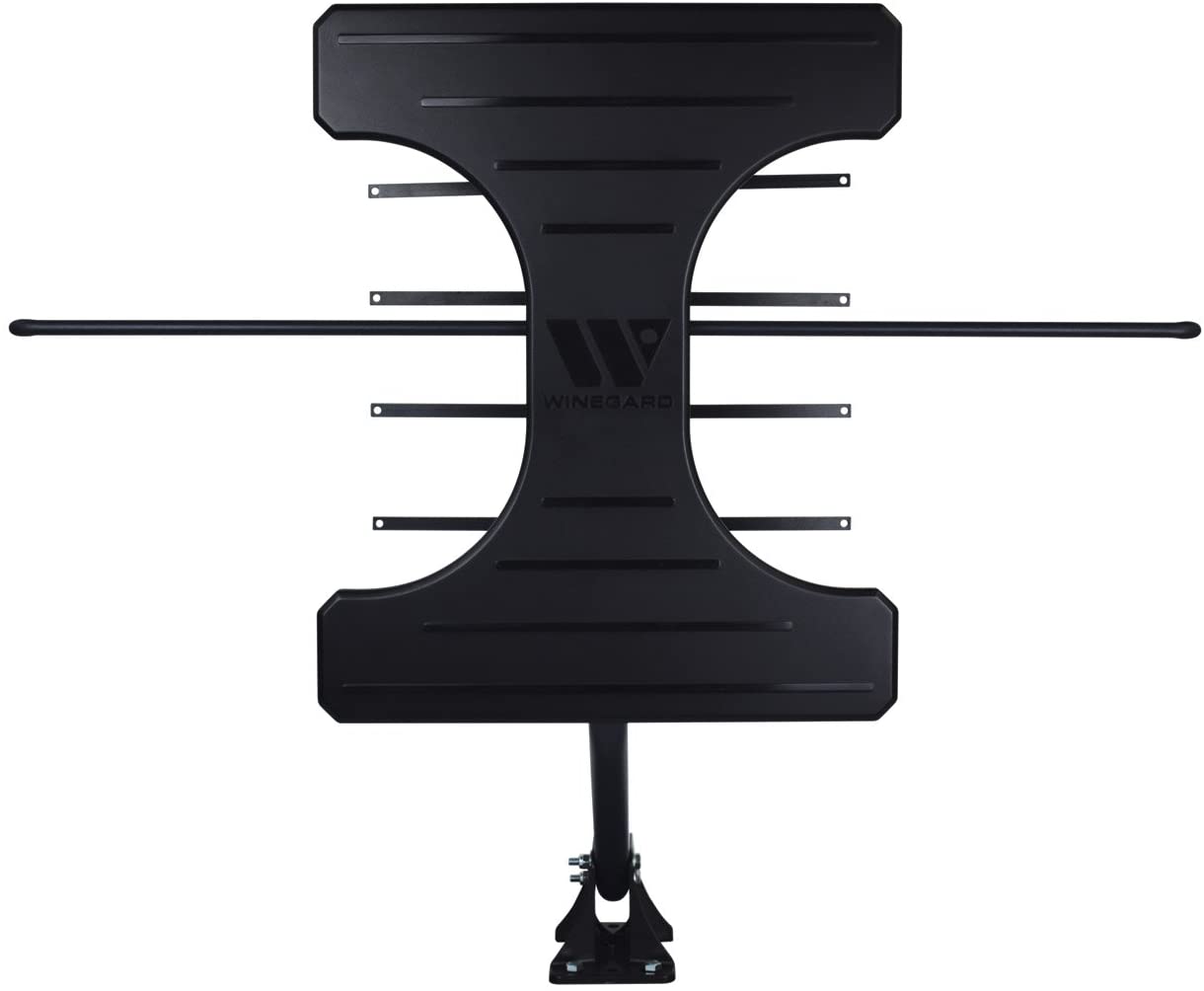Winegard HD7694P Digital TV Signals Mounted Outdoor Antenna, 45-Mile Range
Last updated: June 1, 2023
This long-range TV antenna receives both high-VHF and UHF digital TV signals. It can be precision mounted on a roof or in an attic. You can pair the antenna with a streaming device to increase your HD programming.
We looked at the top Outdoor Antennas and dug through the reviews from some of the most popular review sites. Through this analysis, we've determined the best Outdoor Antenna you should buy.
Product Details
Key Takeaway: This outdoor antenna provides ultra efficient transfer of digital signals.
In our analysis of 20 expert reviews, the Winegard Digital TV Signals Mounted Outdoor Antenna, 45-Mile Range placed 6th when we looked at the top 16 products in the category. For the full ranking, see below.View our Outdoor Antenna buying guide for in-depth advice and recommendations.
